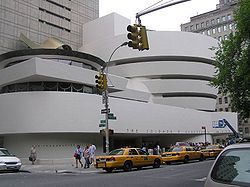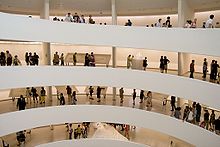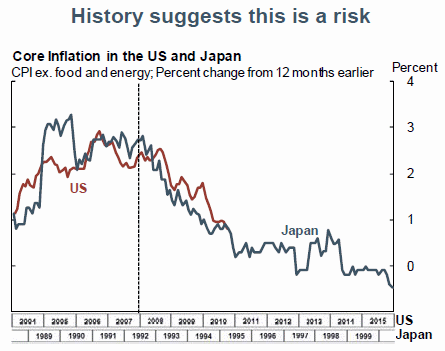“Punting the Pundits” is an Open Thread. It is a selection of editorials and opinions from around the news medium and the internet blogs. The intent is to provide a forum for your reactions and opinions, not just to the opinions presented, but to what ever you find important.
Joe Cirincione: British Budget Collapse Foreshadows Cuts to Come in U.S. Defense Budget
Great Britain’s cuts, particularly to its nuclear forces, are the canary in the defense budget mine. Just as massive deficits forced the conservative UK government to cut deep into its military programs, the United States will soon have to choose: update its force structure or cling to obsolete Cold War posture?
The UK may have waited too long to make the cuts. It is now forced to cut military personnel by 10 percent, and scrap an aircraft carrier and the entire fleet of Harrier jump jets (a very versatile, though very dangerous, fighter jet in which I once flew).
Less controversial is the plan to delay a decision on building a new generation of nuclear-armed submarines to replace the four existing Trident subs, each armed with 16 missiles carrying a total of 48 hydrogen bombs per sub.
Johann Hari: The Tea Party’s Wildest Dreams Come True — in Britain. The Result? Disaster
Margaret Thatcher is lying sick in a private hospital bed in Belgravia — but her political children have just pushed her agenda further and harder and deeper than she ever dreamed of. The government of David Cameron just took the Tea Party’s deepest fantasies — of massive budget cuts, introduced immediately — and imposed them on Britain. When was the last time Britain’s public spending was slashed by more than 20 percent? Not in my mother’s lifetime. Not even in my grandmother’s lifetime. No: It was in 1918, when a conservative-liberal coalition said the best response to a global economic crisis was to rapidly pay off this country’s debts. The result? Unemployment soared from six percent to 19 percent, and the country’s economy collapsed so severely that they lost all ability to pay their bills, and the debt actually rose from 114 percent to 180 percent. “History doesn’t repeat itself,” Mark Twain said, “but it does rhyme.”
George Osborne, the finance minister, has just gambled Britain’s future on an extreme economic theory that has failed whenever and wherever it has been tried. In the Great Depression, we learned some basic principles. When an economy falters, ordinary people — perfectly sensibly — cut back their spending and try to pay down their debts. This causes a further fall in demand and makes the economy worse. If the government cuts back at the same time, then there is no demand at all, and the economy goes into freefall. That’s why virtually every country in the world reacted to the Great Crash of 2008 — caused entirely by deregulated bankers — by increasing spending, funded by temporary debt. Better a deficit we repay in the good times than an endless depression. The countries that stimulated hardest, like South Korea, came out of recession first.
Bob Cesca: The Republican Swindle About ‘Obamacare and Stimulus’
If you happen to be a swing voter who’s considering the Republican slate next month, you’re being tricked. That’s not to say you’re an idiot, but the Republicans are doing an excellent job masking over what they really stand for, and millions of Americans seem to be falling for it.
The Republican strategy for this midterm election is simple: Treat voters like easily manipulated hoopleheads. The GOP and its various apparatchiks are spending untold millions of dollars, much of it from anonymous donors and, perhaps, even some illegal foreign donors, in order to play out this nationwide swindle. They’re investing heavily on the wager that Americans are so kerfuffled by the slow-growth (but growth nevertheless) economy that they’re willing to buy any line of nonsense as an alternative solution.
Regarding that nonsense, just about every GOP solution and every GOP idea reveals either a hilariously obvious contradiction or an utterly transparent hypocrisy. Say nothing of unchecked awfulness like Southern Strategy race-baiting or bald-faced lies. But it doesn’t seem to matter much because they’ve buried most of it under heaping piles of inchoate outrage and fear. Just like always. It’s not unlike the 2000s all over again. They’re engaging in the same bumper sticker sloganeering and myopic agitprop, but with updated content for 2010.


 In 1939, the Guggenheim Foundation’s first museum, “The Museum of Non-Objective Painting”, opened in rented quarters at 24 East Fifty-Fourth Street in New York and showcased art by early modernists such as
In 1939, the Guggenheim Foundation’s first museum, “The Museum of Non-Objective Painting”, opened in rented quarters at 24 East Fifty-Fourth Street in New York and showcased art by early modernists such as  Internally, the viewing gallery forms a gentle helical spiral from the main level up to the top of the building. Paintings are displayed along the walls of the spiral and also in exhibition space found at annex levels along the way.
Internally, the viewing gallery forms a gentle helical spiral from the main level up to the top of the building. Paintings are displayed along the walls of the spiral and also in exhibition space found at annex levels along the way.
Recent Comments